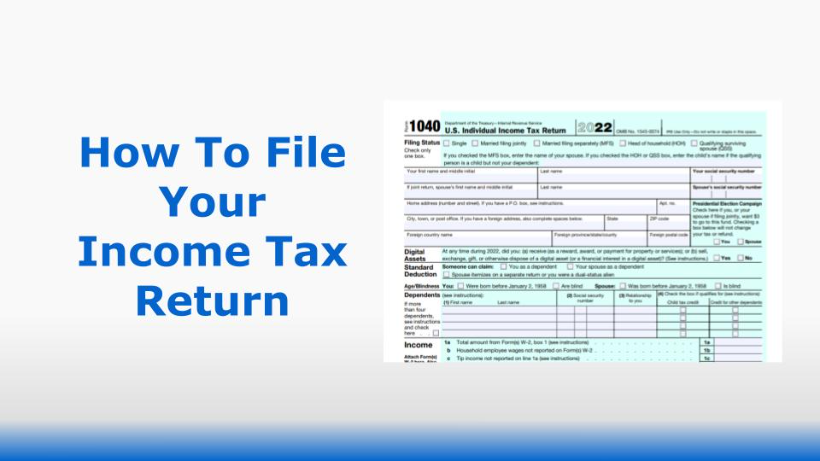What Is Federal Withholding
Published:
How These Taxes Affect Your Paycheck, Tax Return, and Tax Refund
The terms “payroll taxes” and “withholding taxes” essentially refer to the same thing. In general, when you earn wages from a job, the IRS requires taxes to be withheld from your paychecks by your employer. The amount that’s withhold from your salary goes towards paying your total tax liability for that year.
Payroll Taxes
The term “payroll tax” can be used to describe two different types of similar taxes. The first type, known as withholding tax, is withheld from an employee’s wages by their employer. The employer then sends the withheld amount to the appropriate taxing authority. It is also referred to as a “pay-as-you-earn” tax. The second type of payroll tax is paid by the employer, from their own funds. The amount of payroll tax that an employer owes depends on the jurisdiction, and may be fixed or proportional to the employee’s salary.
Employers withhold payroll taxes (and income taxes) from their employee’s wages. Payroll taxes are then collected by both Federal and State governments, which use the revenues to fund programs such as Social Security, Medicare, unemployment compensation, worker’s compensation, and other public projects.
Federal Withholding Tax
Withholding tax (also known as “payroll withholding”) is essentially income tax that is withheld from your wages and sent directly to the IRS by your employer. In other words, it’s like a credit against the income taxes that you must pay for the year. By subtracting this money from each paycheck that you receive, the IRS is basically withholding your anticipated tax payment as you earn it.
Managing Your Withholding Tax
In general, the more money that is withheld from your wages throughout the year, the greater your tax refund may be because you’ve essentially overpaid the IRS. While everyone likes to get a tax refund, you should keep in mind that you’re only getting back the money you earned that year. A tax refund is basically an interest-free loan that you gave to the IRS!
On the other hand, if too little is withheld from your wages, you will likely owe more tax at the end of the year because you have underpaid the IRS. Additionally, you may be subject to penalties and interest charges for under-withholding. For most taxpayers, it’s recommended that you try to match your withholding tax as close to your actual tax liability as possible. While you cannot avoid withholding tax altogether, you can control the amount that is withheld from each paycheck when you fill out IRS Form W-4 (see below).
RELATED: How to Determine Your Income Tax Bracket
IRS Tax Form W-4 (Employee’s Withholding Allowance Certificate)
The purpose of IRS Form W-4 is pretty simple: it is used by your employer to withhold the proper amount of federal income tax from your paycheck. The IRS recommends that employees submit a new W-4 tax form each year, or any time their personal or financial situation changes. Of course, this is generally required when you begin any new job.
How to Fill Out Tax Form W-4
Completing Tax Form W-4 is probably easier than you think. The steps for filling out your W-4 are as follows:
Step 1 – Get a copy of Tax Form W-4 from your employer, or download it from the IRS website. If you download it online, you can fill-in your information before printing and signing.
Step 2 – Provide your correct name, address, and Social Security Number (SSN). It is essential that this information is 100% accurate.
Step 3 – Depending on your marital status and filing status, you will either check the box for “Single” or “Married.” If you are married filing separate tax returns, you should check the box that says “Married, but withhold at higher Single rate.”
Step 4 – Do you know how many withholding allowances you should claim? If not, you can use the “Personal Allowances Worksheet” on Form W-4 to calculate this number. In most cases, this is the same as the number you’d typically claim for personal exemptions. [NOTE: You do not have to rely on your personal exemptions to determine your withholding allowances. For instance, if you have more than one job, if your spouse works, or if you itemize deductions, you may want to closely calculate your number of allowances to ensure that you are making the right decision.]
Step 5 – Do you have more than one job? If so, you should claim “0” (zero) for withholding when filling out Tax Form W-4 for your second employer. Just keep in mind that being “exempt” is not the same as claiming zero withholding. When you claim “zero”, the highest possible amount of taxes will be withheld from each of your paychecks. [NOTE: If you decide to claim more than “9” (nine) allowances, your employer will have to send your tax form to the IRS for review.]
Step 6 – Sign your W-4 tax form to make it valid.
Step 7 – Once you give your W-4 form to your employer, they will fill in Lines 8 through 10 and complete the process from there. Whether you are starting a new job or you just want to change your withholding allowances for the year, it is important to become familiar with Tax Form W-4. Every employee must fill out this tax form and submit it to their employer. This way, you will be able to withhold the proper amount of taxes from each paycheck.
RELATED: Withholding Tax: The Basics



